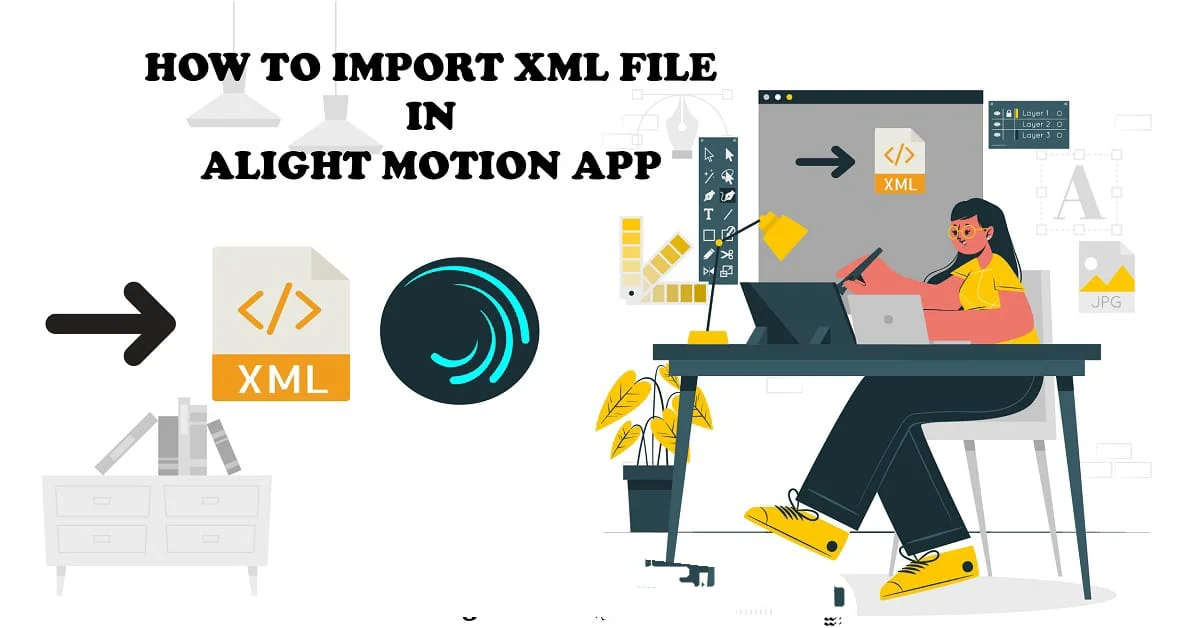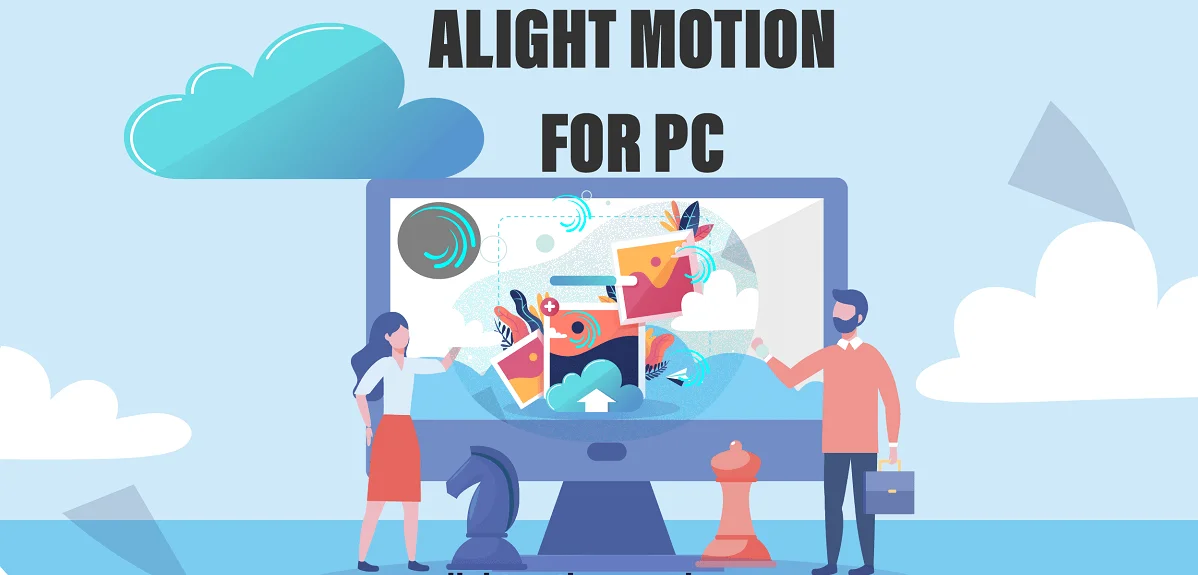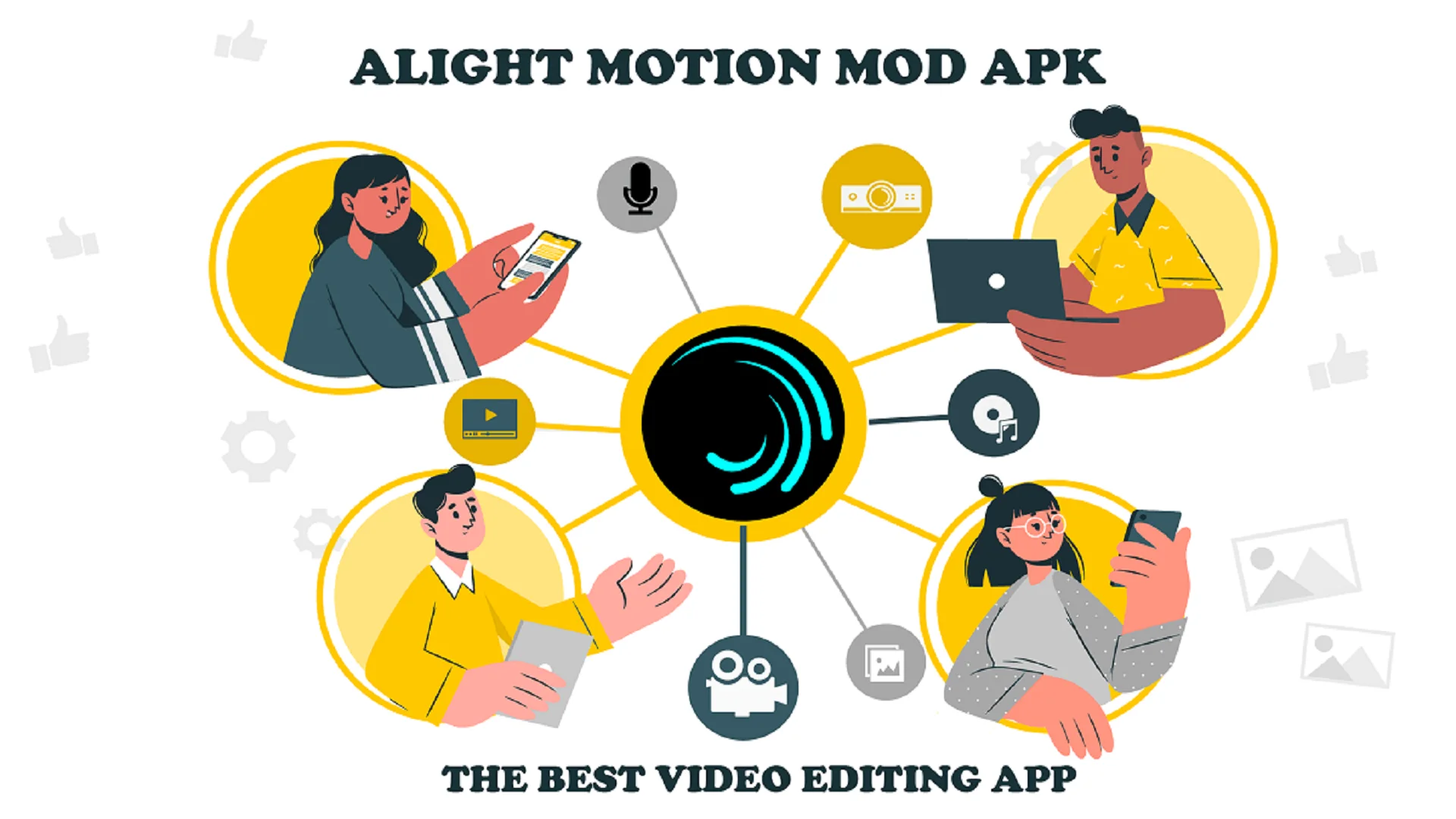Your cart is currently empty!
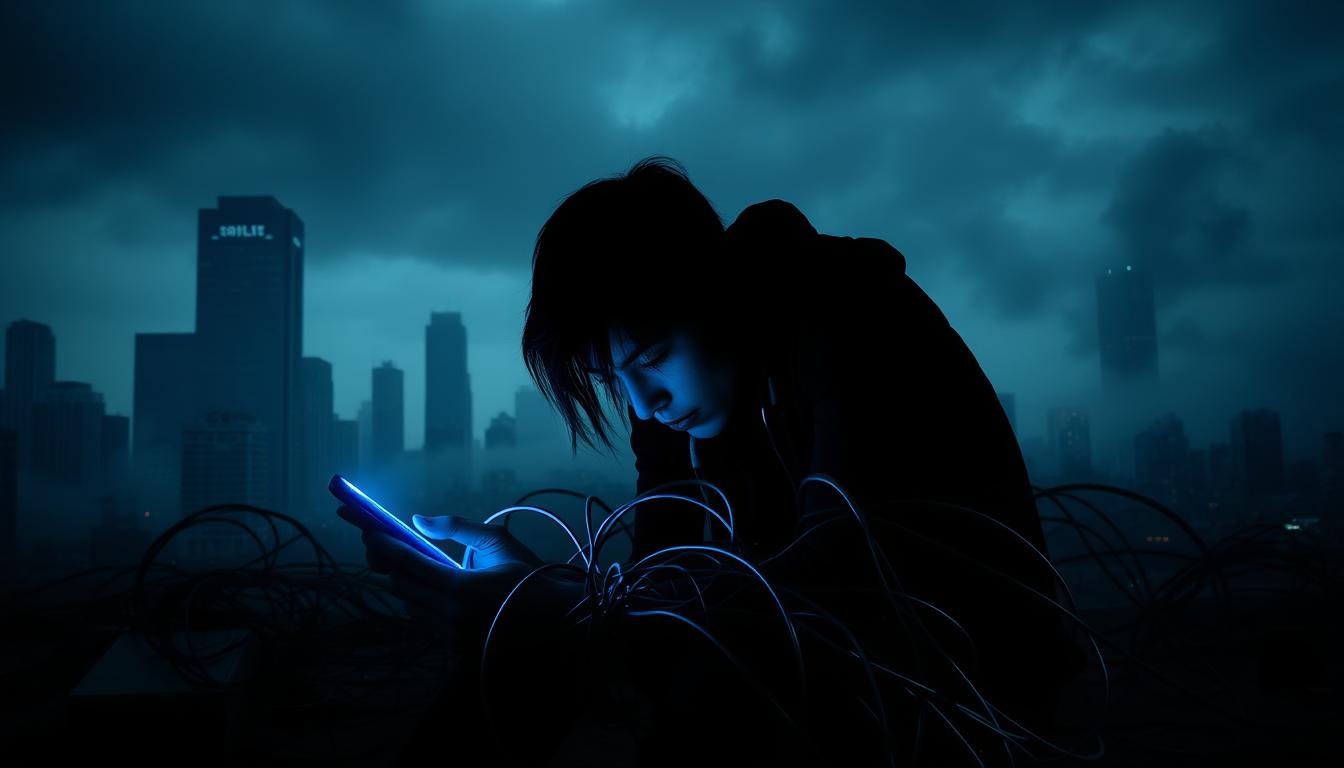
The Dark Side of Technology: Digital Addiction & Mental Health
Explore the impact of tech on our minds as we delve into The Dark Side of Technology: Addressing Digital Addiction and Mental Health.
Technology is changing fast, and it’s in our lives more than ever. This makes us wonder about its effect on our minds. Social media, always being online, and too much screen time are big worries. These issues are serious and need more attention.
This article wants to show the dark side of digital addiction and its impact on our mental health. Knowing how tech affects our minds can help us stay healthy. We can learn to use our devices in a better way.
Table of Contents
Key Takeaways
- Technology’s integration into daily life has sparked concerns about mental health risks.
- Digital addiction differs from traditional addictions but is equally impactful.
- Excessive screen time can disrupt sleep patterns and increase anxiety and depression.
- Social media’s role in mental health includes the phenomena of social comparison and FOMO.
- Proactive measures are essential for mitigating the negative effects of digital dependence.
Understanding Digital Addiction
Technology is a big part of our lives. But it’s also raised concerns about addiction. We need to understand how it affects our mental health.
Defining Digital Addiction
Digital addiction is when we can’t stop using technology. It gets in the way of our daily lives. Knowing when we’re addicted is key to staying healthy online.
Common Signs and Symptoms
Spotting digital addiction means looking for certain signs. These include:
- Neglect of personal and professional responsibilities.
- Feeling bad when we can’t use digital devices.
- Feeling really happy or excited when using technology.
These signs show we need to take care of our mental health. We must act to stay well online.
How It Differs from Traditional Addictions
Digital addiction is different from old-school addictions. It’s about habits, not substances. Technology is everywhere, making it unique.
Unlike other addictions, it mainly hurts our minds and how we interact with others. We must learn more about it to help.
The Impact of Screen Time on Mental Health
Screen time is now a big part of our lives. It’s important to know how it affects our mental health. Computers, tablets, and smartphones can change how we feel.
Effects on Sleep Patterns
Too much screen time can mess up our sleep. This is because screens give off blue light. This light can stop our bodies from sleeping right.
People might not sleep well or have trouble sleeping. Bad sleep can make mental health problems worse.
Influence on Anxiety and Depression
Long screen time can make anxiety and depression worse. Teenagers are often hit hard by this. Too much info and social media can make them feel anxious and not good enough.
Consequences on Attention and Focus
Screen time can hurt our ability to focus. Digital distractions break our concentration. This makes it hard to stay focused for long.
It can lower our productivity and how well we think.
Social Media and Its Effects on Mental Health
Social media has changed how we connect with the world. It offers new ways to interact and share. But, it also has a dark side that affects our mental health.
The Role of Social Comparison
One big problem with social media is social comparison. People often compare their lives to the perfect ones shown online. This can hurt their self-esteem and cause mental problems.
It makes people feel not good enough and jealous.
The Phenomenon of FOMO
The fear of missing out (FOMO) is a big issue too. It makes people feel left out of fun or important moments. This fear can make them unhappy and less satisfied with life.
They keep trying to keep up with their friends.
Coping with Cyberbullying
Cyberbullying is a big problem on social media. It affects people of all ages. The cyberbullying effects on mental health are serious.
Victims often feel anxious, depressed, and even traumatized. It’s important to find ways to deal with it and stay mentally well.
Technology Addiction in Children and Teens
Children and teens are getting hooked on digital stuff more and more. This can lead to problems that parents and teachers need to tackle.
Early Onset of Digital Dependency
Kids start using screens early, from learning on tablets to chatting on phones. This can make them too dependent on screens. It can mess with their brain growth and how they interact with others.
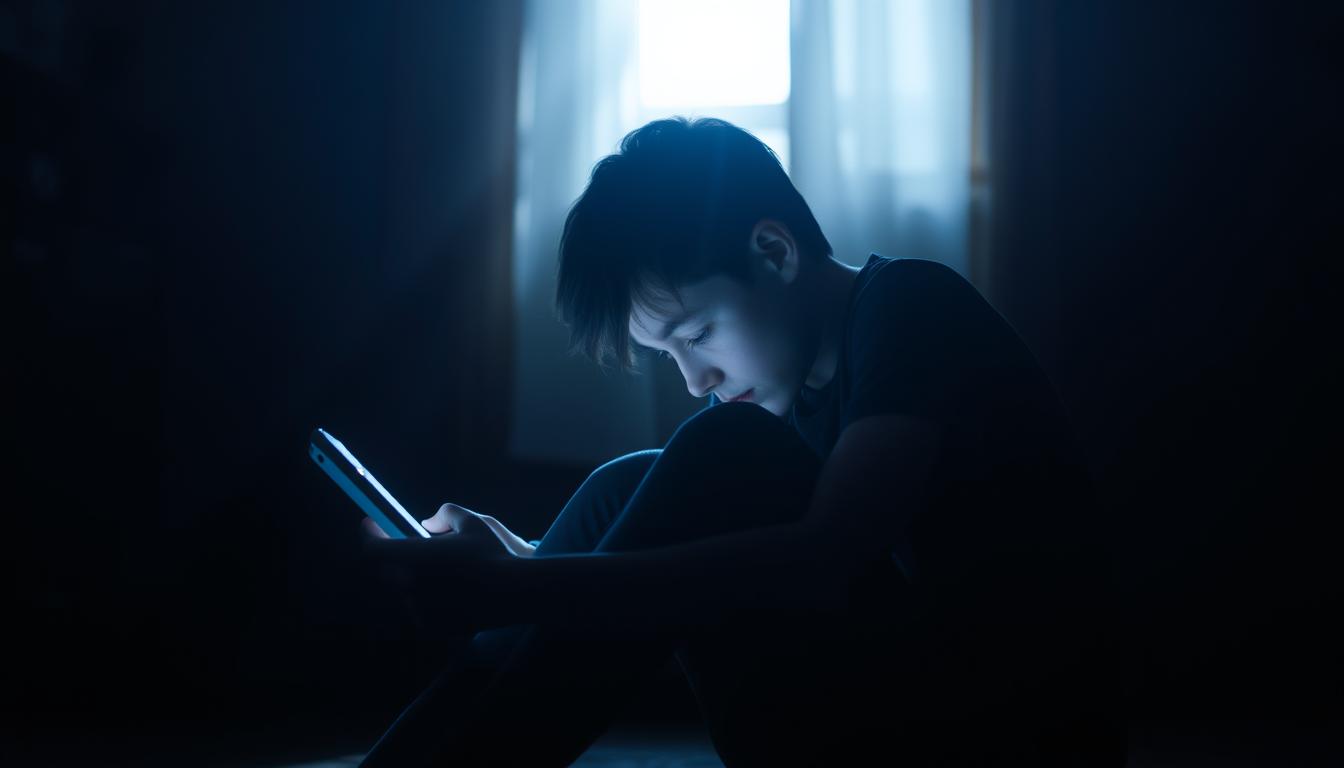
Impact on Academic Performance
Too much screen time can hurt how well kids do in school. Studies show that kids glued to screens have trouble focusing. This makes it hard for them to do well in school.
Parental Strategies for Mitigation
Parents are key in controlling how much tech kids use. They can help keep kids’ minds healthy:
- Setting Boundaries: Making rules about screen time helps kids stay balanced.
- Encouraging Offline Activities: Getting kids to do things offline, like reading or sports, helps them not rely so much on screens.
- Monitoring Usage: Keeping an eye on what kids do online helps parents make changes if needed.
Starting early to fight digital addiction and talking openly about its dangers can help kids develop good habits. This can lead to better school performance and mental health.
Smartphone Addiction Effects
Smartphones have changed our lives, but not always for good. They can harm our health and change how we interact with others. This is because of how addictive they are.
Physical Health Issues
Using smartphones too much can hurt our bodies. We might get eye strain, neck pain, and trouble sleeping. The blue light from phones messes with our sleep.
Also, bad posture from phone use can cause long-term neck and back problems. This is because we often hold our phones in a way that’s not good for our bodies.
Mental Exhaustion and Burnout
Smartphones can make us feel mentally drained and burnt out. We feel stressed because we need to be always connected. This constant need can really take a toll on our mental health.
It can make us less productive and unhappy. This is because we’re always tied to our phones, not enjoying real life.
Reduction in Real-Life Social Interactions
Smartphone addiction hurts our ability to connect with people in real life. We spend more time talking to screens than to friends and family. This makes us feel lonely and isolated.
We lose touch with how to interact with others face-to-face. This is because we’re so used to talking to phones instead of people.
Tools and Apps for Digital Wellness
In today’s world, managing our tech use is key. Luckily, many digital wellness apps help us find a balance. They give us insights into our device use and ways to use less.
Apple’s Screen Time is a top choice for tracking screen time. It lets you set daily app limits and shows detailed reports. Android users can use Google’s Digital Wellbeing for similar features like Focus and Bedtime Modes.
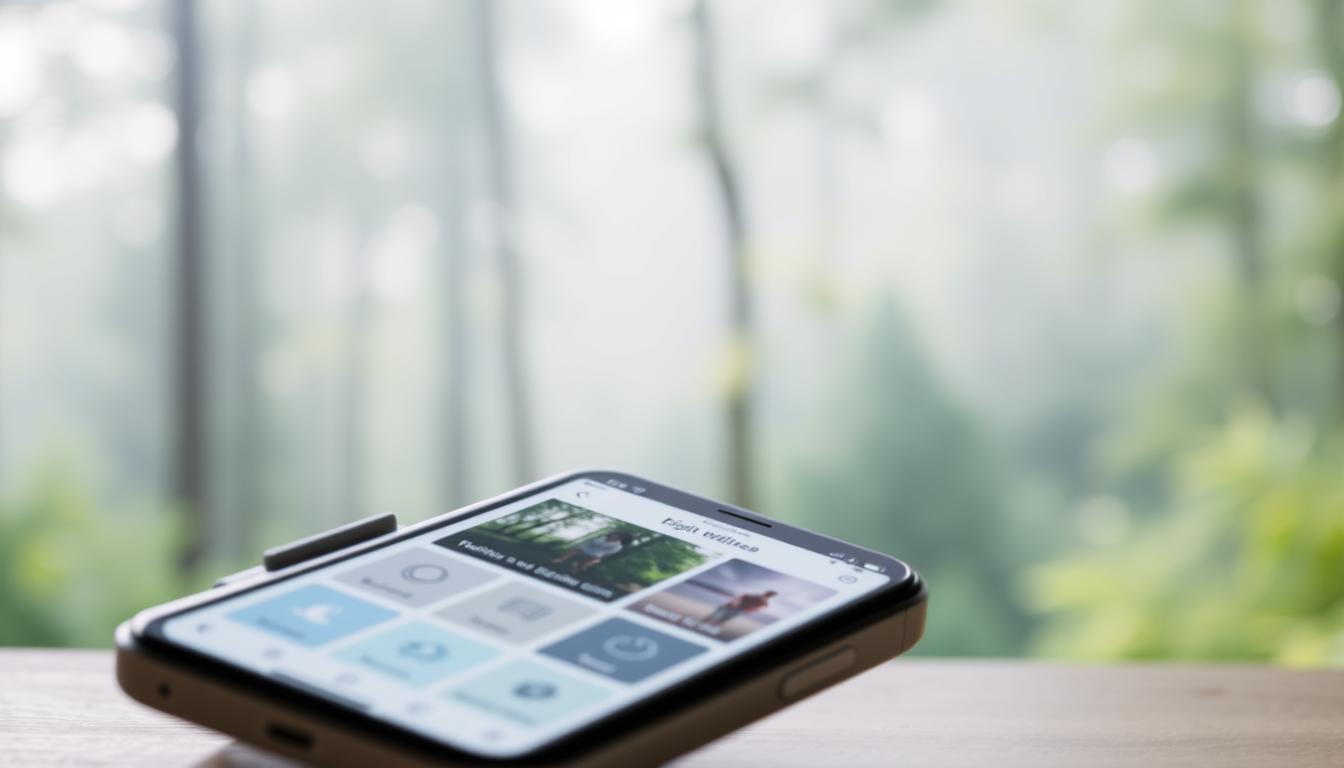
Forest is another great app. It keeps you off your phone by growing virtual trees. If you leave the app, your tree dies. This app helps you stay focused and away from screens.
Apps like RescueTime give deep insights into your daily activities. They help you see how you spend your time online. This app is great for tracking screen time and figuring out what’s productive and what’s not.
| App | Key Features | Platform |
|---|---|---|
| Screen Time | Comprehensive screen time tracking, daily app limit settings | iOS |
| Digital Wellbeing | Focus Mode, Bedtime Mode, usage dashboards | Android |
| Forest | Encourages reduced phone usage, virtual tree growth | iOS, Android |
| RescueTime | Activity categorization, detailed usage analytics | iOS, Android, Web |
Using these tools daily has changed how I view technology. They help me set limits, manage my device use, and focus better. These apps are vital for anyone wanting a healthier digital life.
The Role of Tech Companies in Promoting Healthy Usage
Technology is now a big part of our lives. Tech companies have a big role to play in making sure their products are good for us. They help shape how we use technology and can change our digital habits.
Big names like Apple, Google, and Microsoft are leading the way. They’ve added features to help us use technology wisely. For example, Apple’s Screen Time and Google’s Digital Wellbeing tools let us track and control our screen time. These steps show their commitment to our well-being, with detailed reports, downtime settings, and app limits.
Designing technology ethically is key now. Companies are doing more than just following rules. They’re teaching us how to use technology in a balanced way. They’re making products that help us avoid addiction and interact with tech in a healthier way.
They’re also working with mental health experts to understand how tech affects us. By using research in their products, they make services that are good for us. This helps our mental and physical health.
In the end, tech companies have a big job in making sure we use technology well. They’re using new tools and ethical design to make sure tech helps us, not controls us. They’re working towards a future where tech makes our lives better, not worse.
- Educational resources on digital well-being.
- Screen time monitoring and limitations settings.
- Collaboration with mental health professionals.
Technology Detox: Steps to Reduce Screen Time
Reducing screen time can greatly improve our mental and physical health. By setting boundaries and finding technology-free spaces, we can cut down on our digital use.
Implementing Screen-Free Zones
Designating certain areas of your home as tech-free is a smart move. This could be your bedroom, dining area, or a reading corner. These areas help reduce screen time and encourage real-life interactions and relaxation.
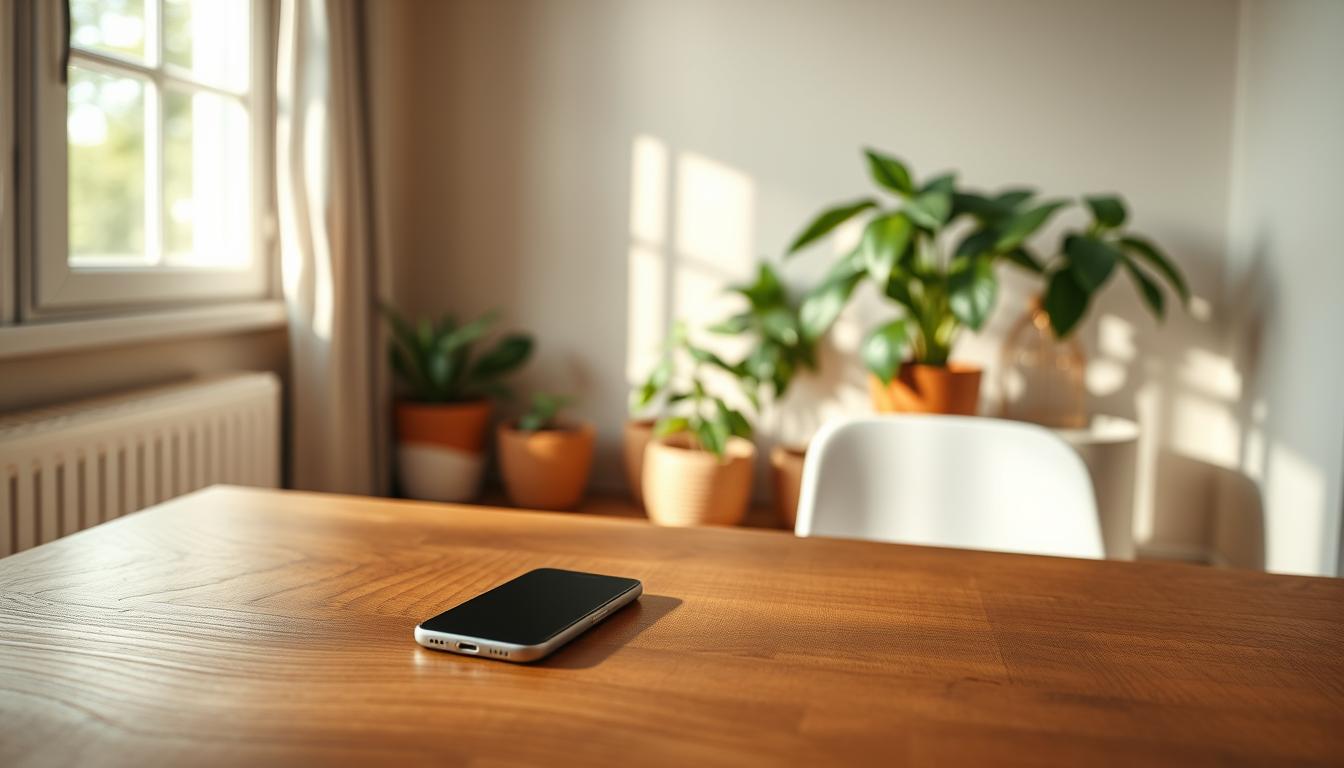
Setting and Enforcing Time Limits
It’s important to set limits on how much time you spend on screens. Use timers or parental controls to keep an eye on your screen time. This is great for families wanting to promote healthier habits and avoid too much screen use.
Using Analog Alternatives
Switching to analog activities can help cut down on screen time. Try reading books, playing board games, or writing in a journal. These activities not only replace digital devices but also boost creativity and brain function.
The Importance of Mental Health Awareness in the Digital Age
The digital age brings new challenges, making mental health awareness more important than ever. As technology advances, so does our need for mental health support. By spotting early signs, using available resources, and talking openly, we can help each other. This way, we can face the digital age’s effects on our mental health together.
Recognizing Early Warning Signs
Spotting mental health issues early is key. Look out for signs like too much screen time, feeling down when offline, ignoring important tasks, and changes in sleep or eating. Catching these signs early helps us act fast and get the help we need.
Resources for Help and Support
Having access to help is vital for mental health. Many groups, both online and in person, offer support for digital age challenges. From apps for therapy to online counseling and community groups, there’s help available. Here’s a list of some key resources:
| Resource | Type | Contact |
|---|---|---|
| National Alliance on Mental Illness (NAMI) | Support and Advocacy | www.nami.org |
| BetterHelp | Online Therapy | www.betterhelp.com |
| Crisis Text Line | Crisis Support | Text HOME to 741741 |
Encouraging Open Conversations
Starting open talks is also key for mental health in the digital age. We need places where people feel safe sharing their struggles. This helps reduce stigma and builds stronger support networks. Schools, workplaces, and families should encourage these talks, making sure everyone’s voice is heard.
Strategies for Digital Well-Being
In today’s world, it’s key to keep our digital well-being in check. By using mindfulness techniques, enjoying offline hobbies, and keeping a balanced digital consumption, we can lessen tech’s bad effects on our minds.
Mindfulness Practices
Mindfulness helps us stay focused and calm in a world full of digital distractions. Activities like meditation, deep breathing, and mindful walking help us be more aware and present. This makes it easier to control how much time we spend on screens.
Engaging in Offline Activities
Getting into offline hobbies refreshes our minds and bodies. Reading, going for walks, or doing arts and crafts takes our minds off screens. It’s a fun and healthy way to take a break from digital devices.
Building a Balanced Digital Diet
Having a balanced digital diet means planning and watching our screen time. We should set times for digital activities, limit social media, and take breaks for physical activities. This helps us live a healthier digital life.
The Dark Side of Technology: Addressing Digital Addiction and Mental Health
Technology is everywhere in our lives, leading to digital addiction. This is a big problem for our mental health improvement. We need to find a balance in how we use technology to avoid mental health risks.
Technology has reshaped the way we live, work, and interact, bringing both conveniences and challenges.
It’s key to find a technology use balance for better mental health. We must be careful about how much time we spend on screens. Adding healthy habits helps us have a better relationship with our devices.
Fixing digital addiction and improving mental health needs everyone’s help. We must work together as individuals, families, and communities. By taking action, we can use technology wisely, keeping our mental health strong.
Internet Addiction Prevention Techniques
It’s important to fight internet addiction to keep our digital lives balanced. Here are some ways to prevent it. You can set personal limits, take regular breaks, and get help from experts.
Setting Personal Boundaries
Setting limits is key to controlling your online time. I suggest setting a daily screen time limit and sticking to it. This way, you avoid spending too much time online.
Scheduling Regular Breaks
Breaks are important to avoid addiction. Taking physical and mental breaks helps you stay focused and healthy. It keeps your mind sharp and your well-being safe.
Seeking Professional Guidance
If you struggle to control your internet use, getting help is a good idea. Mental health experts can offer strategies and support. They help you manage your online habits and keep your well-being in check.
Conclusion
Technology and mental health have a complex relationship. We’ve seen how digital addiction affects sleep, anxiety, and focus. Social media makes us compare ourselves and feel left out, which is bad for our mental health.
Kids and teens face big challenges from technology. It can hurt their school work and friendships. Parents and digital health strategies can help a lot. Also, too much phone use can harm our bodies and minds, making us tired and lonely.
But, there are solutions. Tools and apps for digital wellness are available. Tech companies are also working to help. By taking breaks from tech, watching for signs of addiction, and practicing mindfulness, we can use technology wisely.
As we live in a digital world, I hope we all work to use technology in a healthy way. This will help us stay connected and happy.
Interesting Read: Elon Musk Unveils Grok 3: xAI’s Groundbreaking Chatbot Revolution for 2025 – Tech To Know
